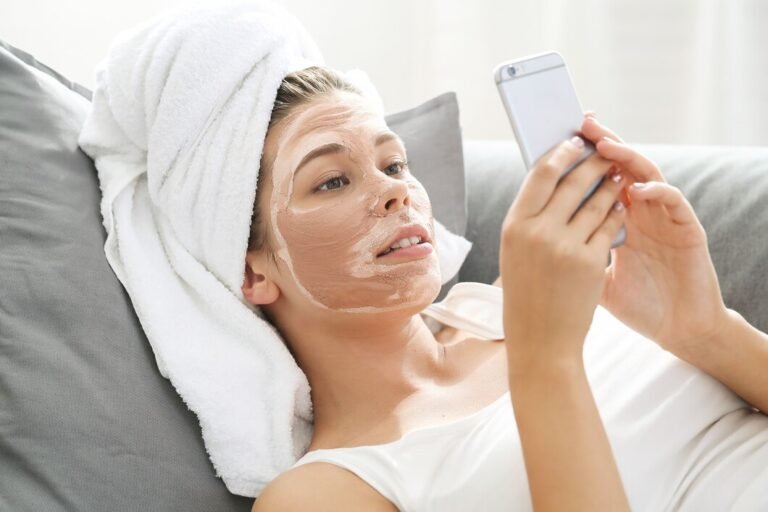
The world of cinematography is always evolving, introducing techniques and styles that captivate audiences and bring stories to life. One term that’s been buzzing lately is “film milky.” Whether you’re a budding filmmaker, a photography enthusiast, or simply curious about what makes movies look so mesmerizing, this article breaks it down for you in an easy-to-understand way.
So, grab your popcorn! Let’s uncover what “film milky” is all about, how it impacts visuals, and why it’s becoming a favorite in modern filmmaking.
What Is “Film Milky”?
“Film milky” refers to a stylistic choice in films where the visuals have a soft, muted, and dreamy appearance. This effect creates a milky, pastel-like color palette, often associated with nostalgic or emotional storytelling. It’s achieved through specific lighting techniques, camera settings, or post-production edits.
You’ve likely seen it in indie films, commercials, or even Instagram photos that feel timeless and artistic. Think of it as the opposite of sharp, vibrant, high-contrast visuals.
Why Do Filmmakers Love the “Milky” Look?
Filmmakers use the milky aesthetic for several reasons:
- Emotionally Engaging: The softness adds warmth, making scenes feel more intimate and relatable.
- Nostalgia Factor: It mimics the look of old-school film cameras, stirring up feelings of the past.
- Versatility: It works beautifully for romance, drama, and even certain genres of fantasy.
- Focus on Storytelling: By toning down vibrant visuals, the audience’s attention shifts to characters and narrative.
How to Achieve the “Film Milky” Effect
Creating the perfect “milky” look requires a combination of techniques. Here are a few popular methods:
1. Lighting Techniques
The right lighting setup plays a crucial role in achieving the milky aesthetic. Soft, diffused lighting helps eliminate harsh shadows and creates an even, creamy texture.
- Use natural light whenever possible, especially during golden hours.
- Add softboxes to balance indoor lighting.
2. Camera Settings
Your camera’s settings can also influence the outcome:
- Lower contrast settings in-camera.
- Slightly overexpose the shot to brighten it without losing details.
- Use vintage or low-contrast lenses for added softness.
3. Post-Production Edits
In editing software like Adobe Premiere Pro or DaVinci Resolve, you can refine the milky effect:
- Adjust the highlights and shadows to reduce contrast.
- Add a light film grain overlay for texture.
- Use LUTs (Look-Up Tables) designed for a milky, pastel tone.
Where Have You Seen the “Film Milky” Aesthetic?
The milky style has made waves across various mediums:
- Movies: Indie films like Call Me by Your Name or Little Women often use this effect for an artistic flair.
- TV Shows: Series such as Euphoria feature softer tones in flashback scenes.
- Commercials: High-end brands, especially in fashion and beauty, love this look to create aspirational, dreamy advertisements.
- Social Media: Instagram photographers and videographers use milky presets to create cohesive, eye-catching feeds.
Pros and Cons of the Film Milky Look
Pros:
- Adds a unique artistic touch to visuals.
- Encourages emotional storytelling.
- Appeals to a wide audience due to its aesthetic charm.
Cons:
- Not suitable for all genres (e.g., action-heavy movies may lose intensity).
- Overuse can make scenes appear flat or lack depth.
- Requires skillful balancing to avoid looking unprofessional.
How to Use “Film Milky” Aesthetic in Your Own Projects
If you’re eager to try the film milky style, here’s a step-by-step approach:
- Plan Ahead: Understand the tone of your story and whether the milky aesthetic aligns with your vision.
- Experiment with Cameras and Lenses: Test vintage lenses or film simulations.
- Master Your Editing Software: Practice adjusting contrast and color balance.
- Seek Feedback: Share drafts with peers to ensure the look supports your storytelling.
Conclusion
The “film milky” aesthetic is more than just a visual trend—it’s a storytelling tool that connects emotions to visuals. Whether you’re watching a heartfelt indie flick or experimenting with your camera, this dreamy, muted style has a way of drawing you in and making everything feel just a little more magical.
So, the next time you notice a soft, pastel-like scene in a movie or ad, you’ll know the secret behind it: the enchanting world of film milky.
FAQs about Film Milky
1. What does “film milky” mean in photography and filmmaking?
It refers to a visual style that creates soft, muted, and dreamy visuals, often achieved through lighting, camera settings, or editing.
2. Can I achieve the milky effect with a smartphone camera?
Yes! Many editing apps like VSCO or Lightroom Mobile offer filters and tools to replicate this effect.
3. Is the milky aesthetic suitable for all genres?
Not necessarily. It works best for romantic, nostalgic, or artistic storytelling, but may not suit action-packed or high-energy scenes.
4. Do I need expensive equipment to create this look?
No. With the right lighting and editing tools, even budget setups can achieve a similar effect.
5. What’s the difference between milky visuals and vintage filters?
Milky visuals focus on reducing contrast and enhancing softness, while vintage filters often add grain and a warm, retro tone.







